"The heritage of the past is the seed that brings forth the harvest of the future." Wendell Phillips.
Abiding with the quote, India's architectural landscape is a treasure trove of history, culture, and artistic ingenuity, boasting an array of magnificent structures that stand as testaments to the nation's rich and diverse heritage.From ancient temples carved into rock to grand palaces adorned with intricate details, each architectural wonder tells a story of India's glorious past and enduring legacy.
On the ‘World Heritage Day’, The Realty Today embarks on a journey to explore fifteen of India's most iconic heritage structures, each offering a glimpse into the architectural brilliance and cultural richness that define the soul of our nation. Join us as we unravel the secrets of these timeless marvels, from the serene shores of the south to the majestic forts of the north, celebrating the unparalleled beauty and grandeur of India's architectural heritage.
Landmark Heritage Architectural Structures in India
1. Taj Mahal, Agra: The Taj Mahal stands as an unparalleled testament to love and architectural brilliance. Its symmetrical layout, intricate marble carvings, and mesmerizing inlays of semi-precious stones create an ethereal ambiance. The central dome, flanked by four minarets, is a striking feature, symbolizing the union of heaven and earth. The use of Persian and Mughal architectural elements, such as the pishtaq (arched portal) and iwan (vaulted hall), adds to its grandeur.
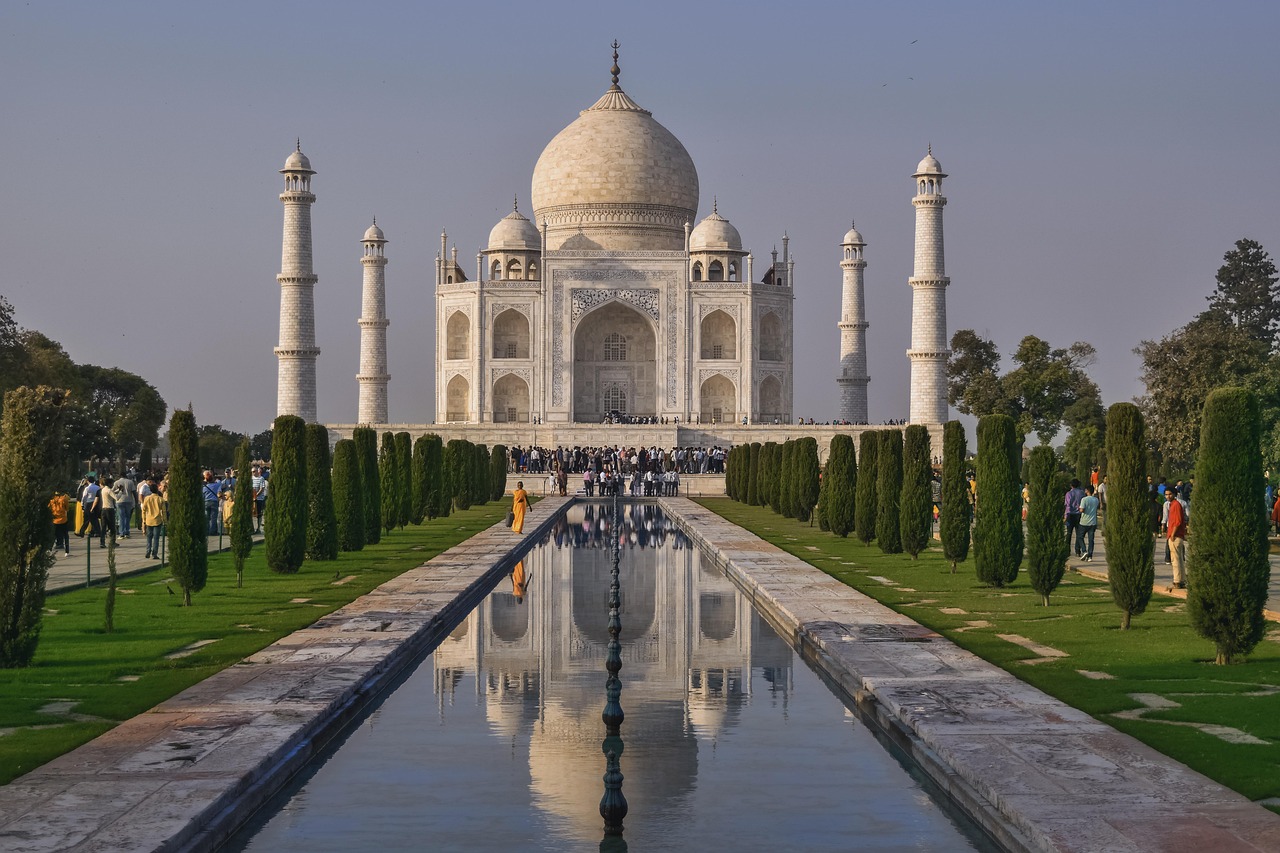
2. Lotus Temple, New Delhi: The Lotus Temple's unique lotus flower-inspired design is a marvel of modern architecture. The structure's 27 marble-clad "petals" open outward, inviting visitors into a serene space conducive to meditation and introspection. Inside, the absence of religious iconography promotes universal spiritual harmony. The innovative use of natural light and ventilation enhances the tranquil atmosphere.
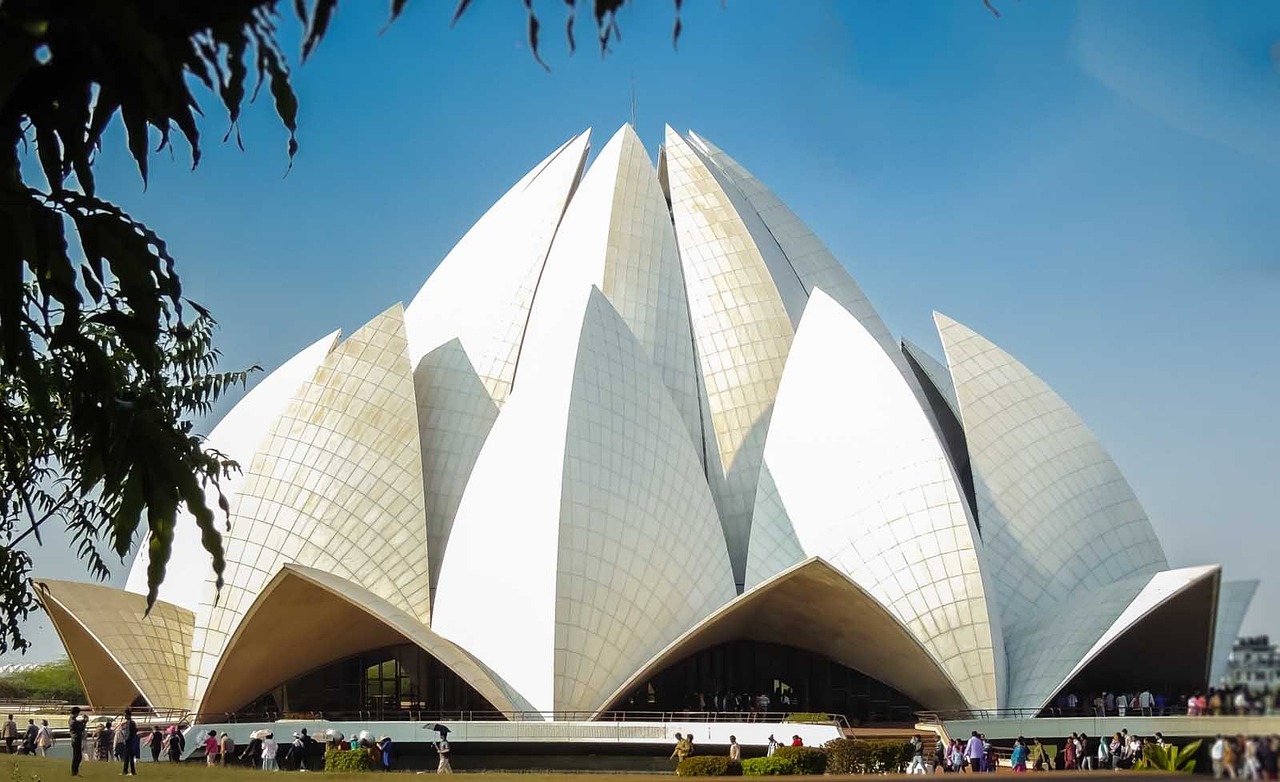
3. Amber Fort, Rajasthan: Perched majestically atop a hill, Amber Fort mesmerizes with its imposing red sandstone walls and intricate marble detailing. The fort's blend of Rajput and Mughal architectural styles is evident in its grand courtyards, ornate palaces, and intricately carved pillars. The Sheesh Mahal (Mirror Palace), adorned with thousands of tiny mirrors, reflects candlelight in a dazzling display of craftsmanship.
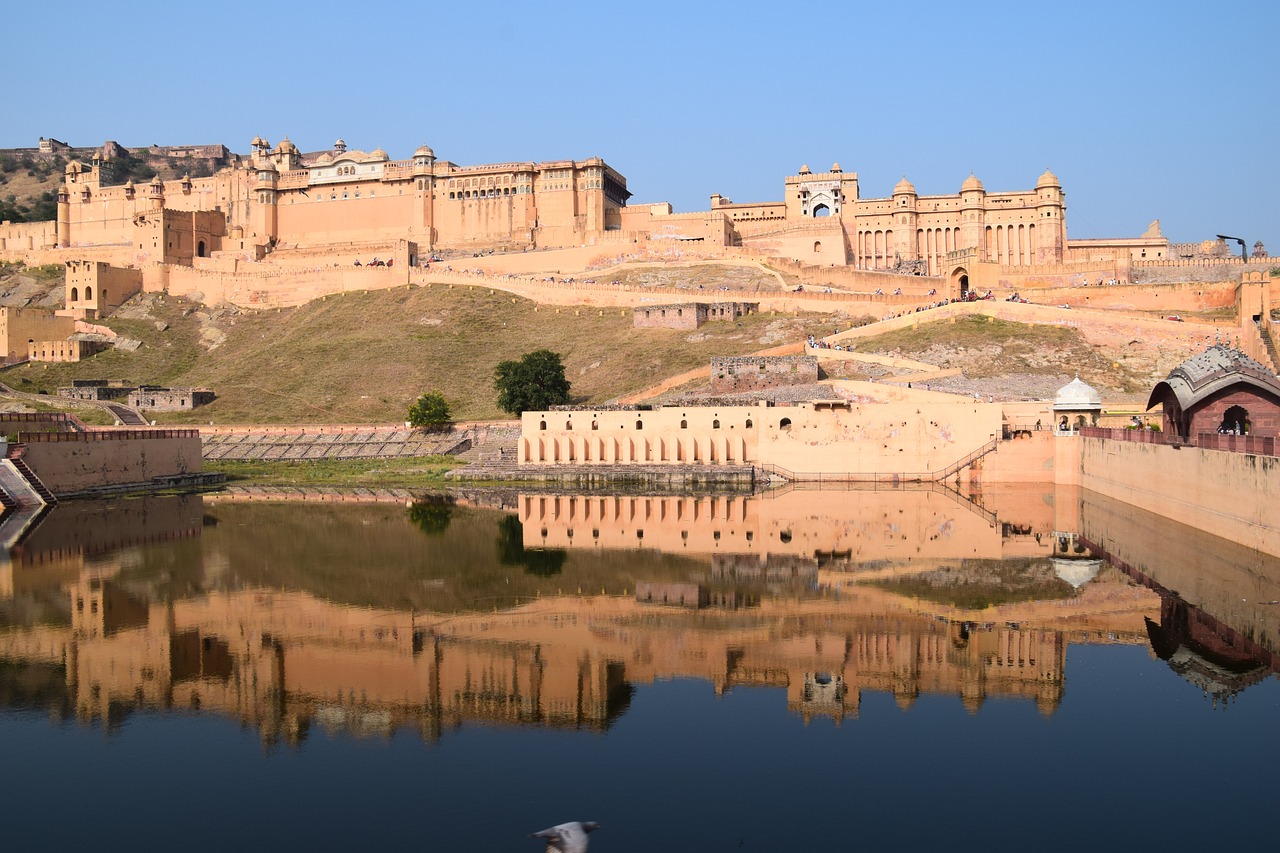
4. Konark Sun Temple, Odisha: The Konark Sun Temple, dedicated to the Sun God Surya, is a masterpiece of Odishan architecture and a UNESCO World Heritage Site. Built in the 13th century, the temple is designed in the shape of a colossal chariot with intricately carved stone wheels, pillars, and walls. The temple's architectural marvels include erotic sculptures, intricate friezes, and detailed carvings depicting celestial beings and mythical creatures. The temple's unique design also serves as a giant sundial, accurately measuring time based on the movement of the sun. Despite its partial ruin, the Konark Sun Temple remains a testament to the ingenuity and artistic prowess of ancient Indian craftsmen.
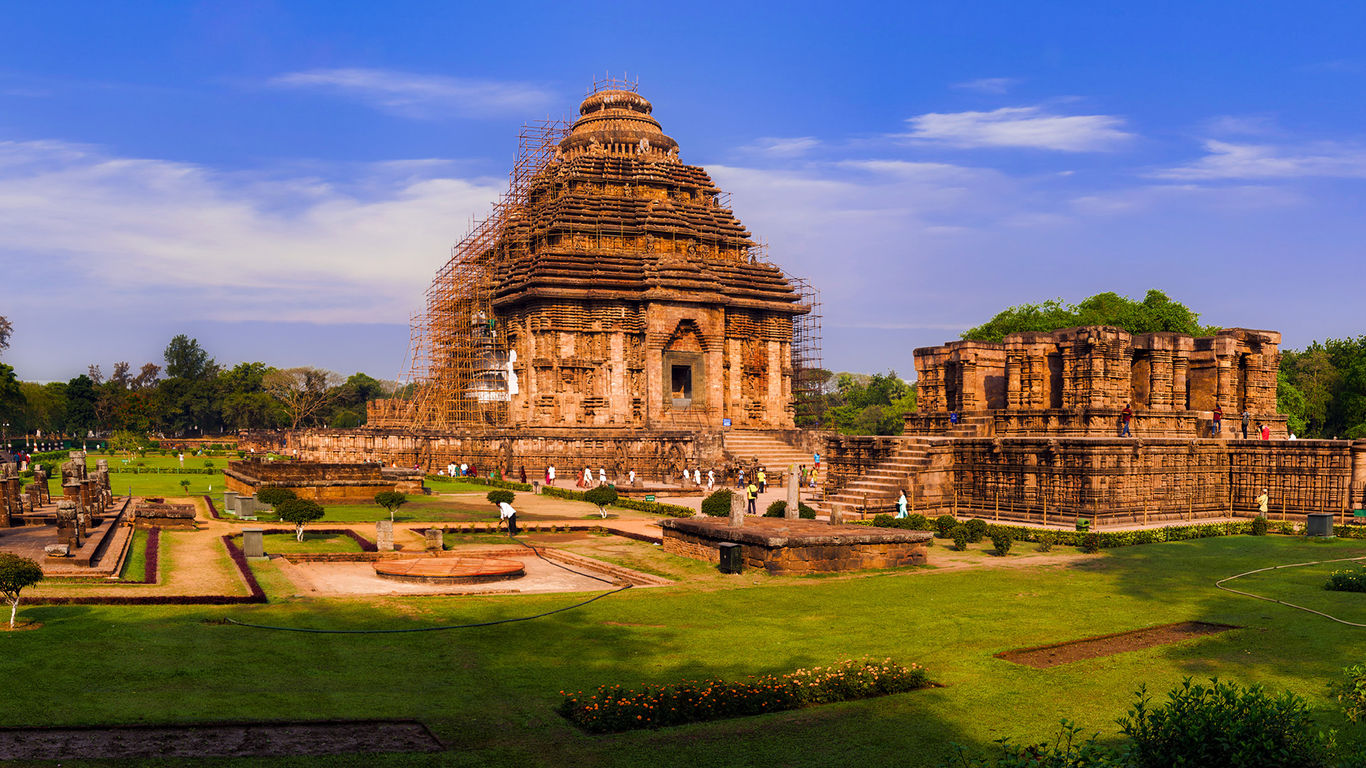
5. Chand Baori, Rajasthan: Chand Baori's intricate stepwell design astonishes with its geometric precision and functional beauty. Descending over 13 stories into the earth, the stepwell features a symmetrical arrangement of steps that provide access to water at various depths. The architectural marvel not only served as a vital water source but also served as a gathering place for the community, demonstrating the intersection of utility and aesthetics in ancient Indian architecture.
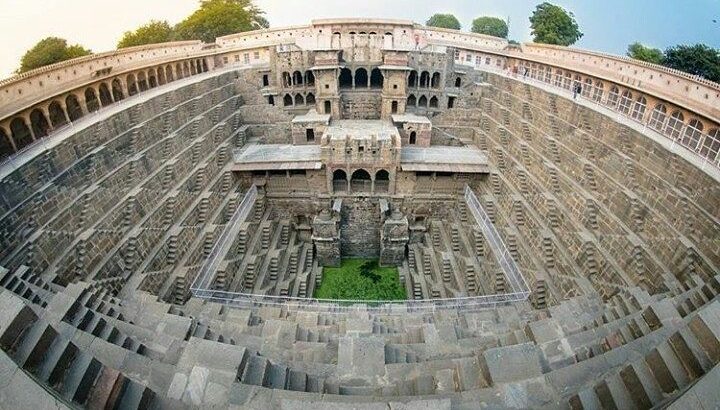
6. The Meenakshi Amman Temple, Tamil Nadu: Meenakshi Amman Temple is a masterpiece of Dravidian architecture and a symbol of cultural and religious significance in South India. Built between the 12th and 17th centuries, the temple complex boasts towering gopurams adorned with intricate sculptures depicting mythological stories and deities. Its sacred sanctum, dedicated to Goddess Meenakshi and Lord Sundareswarar, is surrounded by smaller shrines and mandapams adorned with vibrant paintings and elaborate carvings. The temple's architectural grandeur, with its sprawling layout and ornate decorations, showcases the artistic prowess and devotion of the ancient Dravidian civilization, attracting pilgrims and tourists alike to marvel at its timeless beauty and spiritual ambiance.
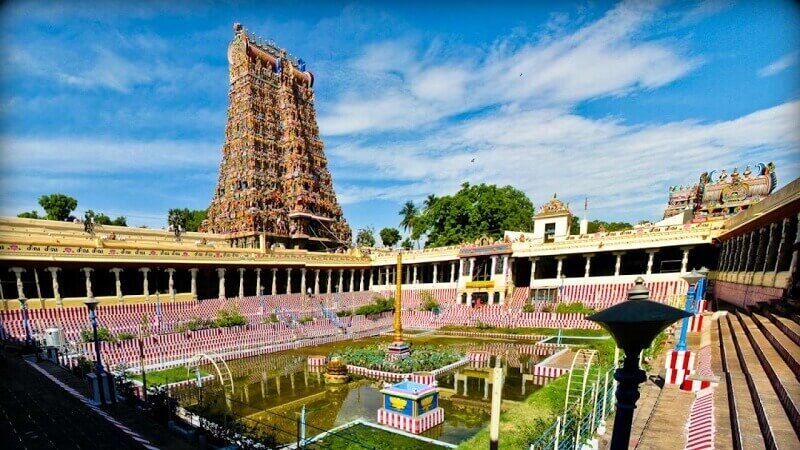
7. Sanchi Stupa, Madhya Pradesh: The Sanchi Stupa is a timeless emblem of Buddhist architecture and artistry. Commissioned by Emperor Ashoka in the 3rd century BCE, it represents the early development of Buddhist architecture in India. The stupa's hemispherical dome, adorned with intricate carvings and gateways (toranas) depicting scenes from the life of the Buddha, serves as a symbol of enlightenment and spiritual awakening. The structure's serene surroundings and timeless design continue to inspire visitors from around the world.
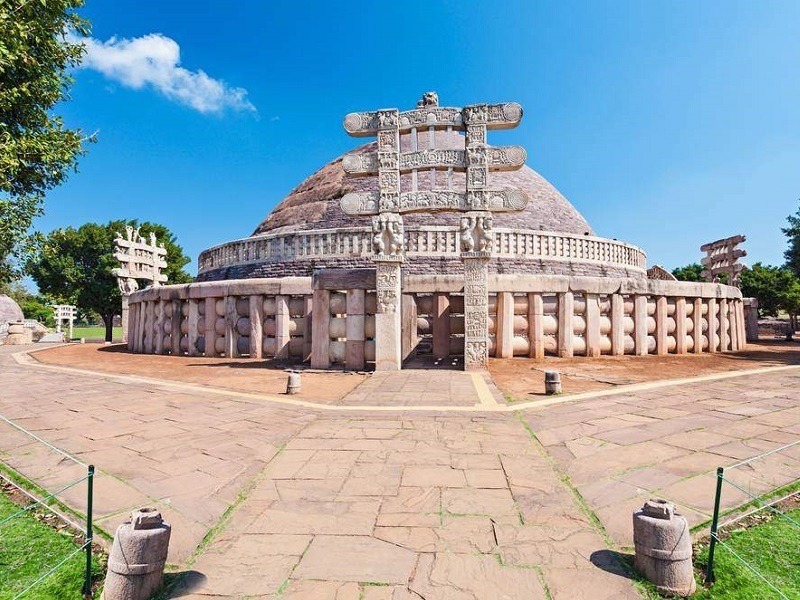
8. Victoria Memorial, Kolkata: The Victoria Memorial is a majestic blend of British and Mughal architectural styles, commemorating the peak of the British Empire in India. The monument's white marble facade, reminiscent of the Taj Mahal, is adorned with domes, towers, and sculptures that exude imperial grandeur. Inside, the museum houses a vast collection of artifacts, paintings, and memorabilia, offering insights into India's colonial past and cultural heritage.
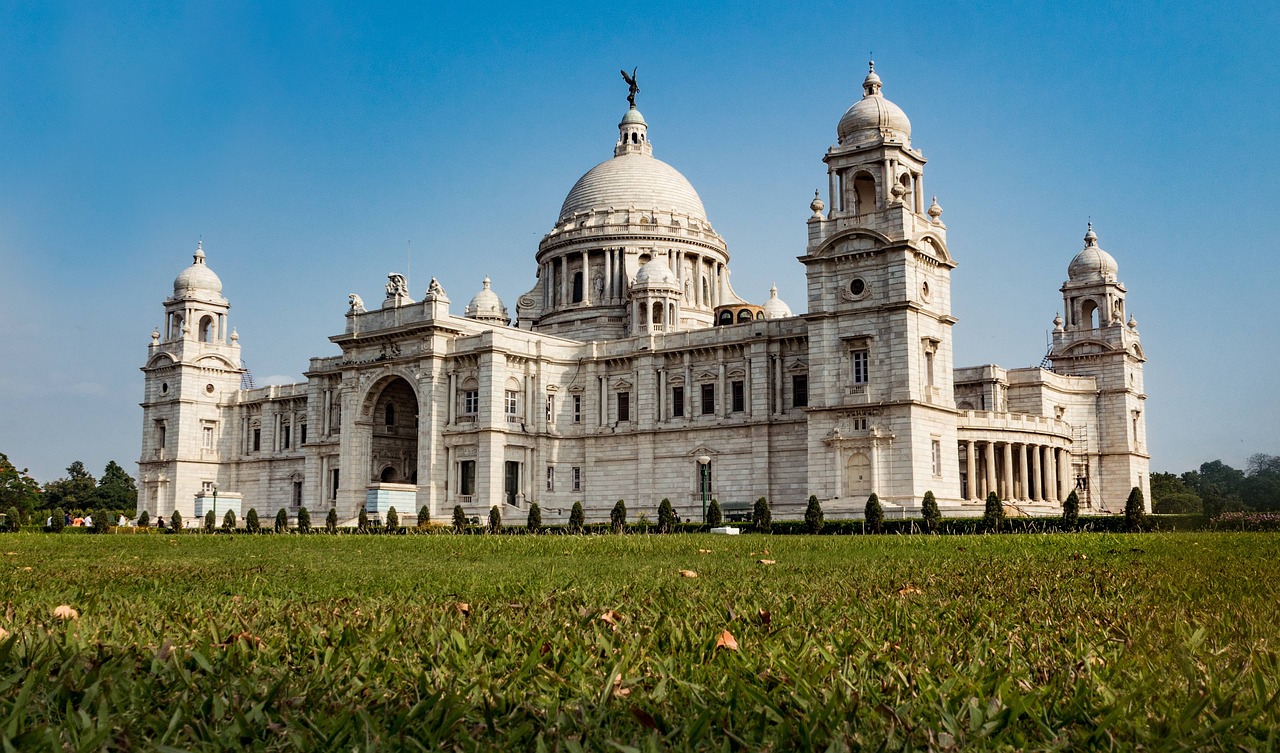
9. Qutub Minar, Delhi: Standing tall as a symbol of Delhi's rich history, the Qutub Minar is a UNESCO World Heritage Site renowned for its towering height and intricate Islamic architecture. Built in the 12th century, this iconic monument features a series of beautifully carved sandstone columns, intricate balconies, and ornate inscriptions from the Quran. Its towering presence amidst lush greenery makes it a mesmerizing sight for visitors, offering a glimpse into India's glorious past.
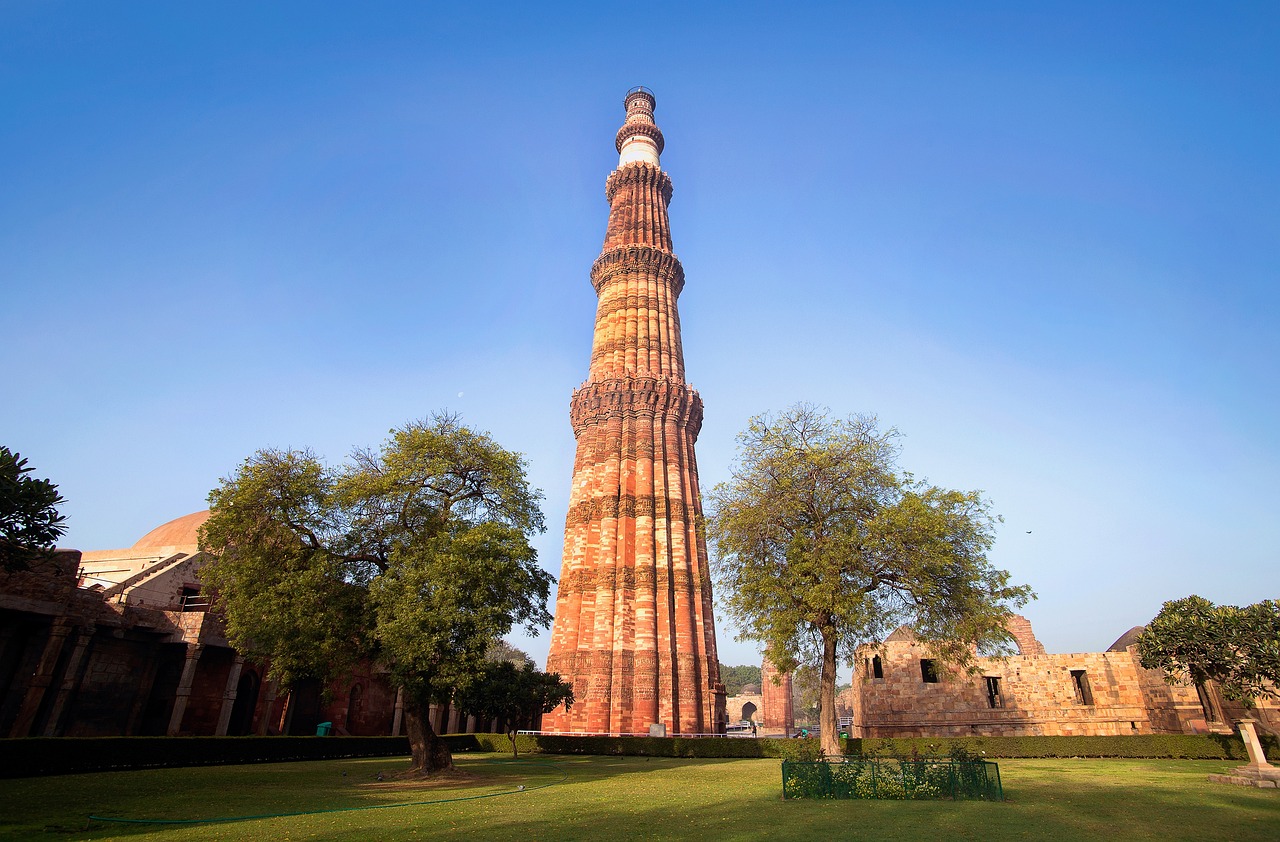
10. Thikse Monastery, Ladakh: Perched atop a hill in the picturesque Ladakh region, Thikse Monastery is a spiritual oasis that embodies the essence of Tibetan Buddhist architecture. Its whitewashed walls, ornate stupas, and prayer halls adorned with colorful murals evoke a sense of tranquility and devotion. The monastery's towering structure, reminiscent of the Potala Palace in Tibet, offers panoramic views of the rugged Himalayan landscape, providing a spiritual retreat for monks and visitors alike.
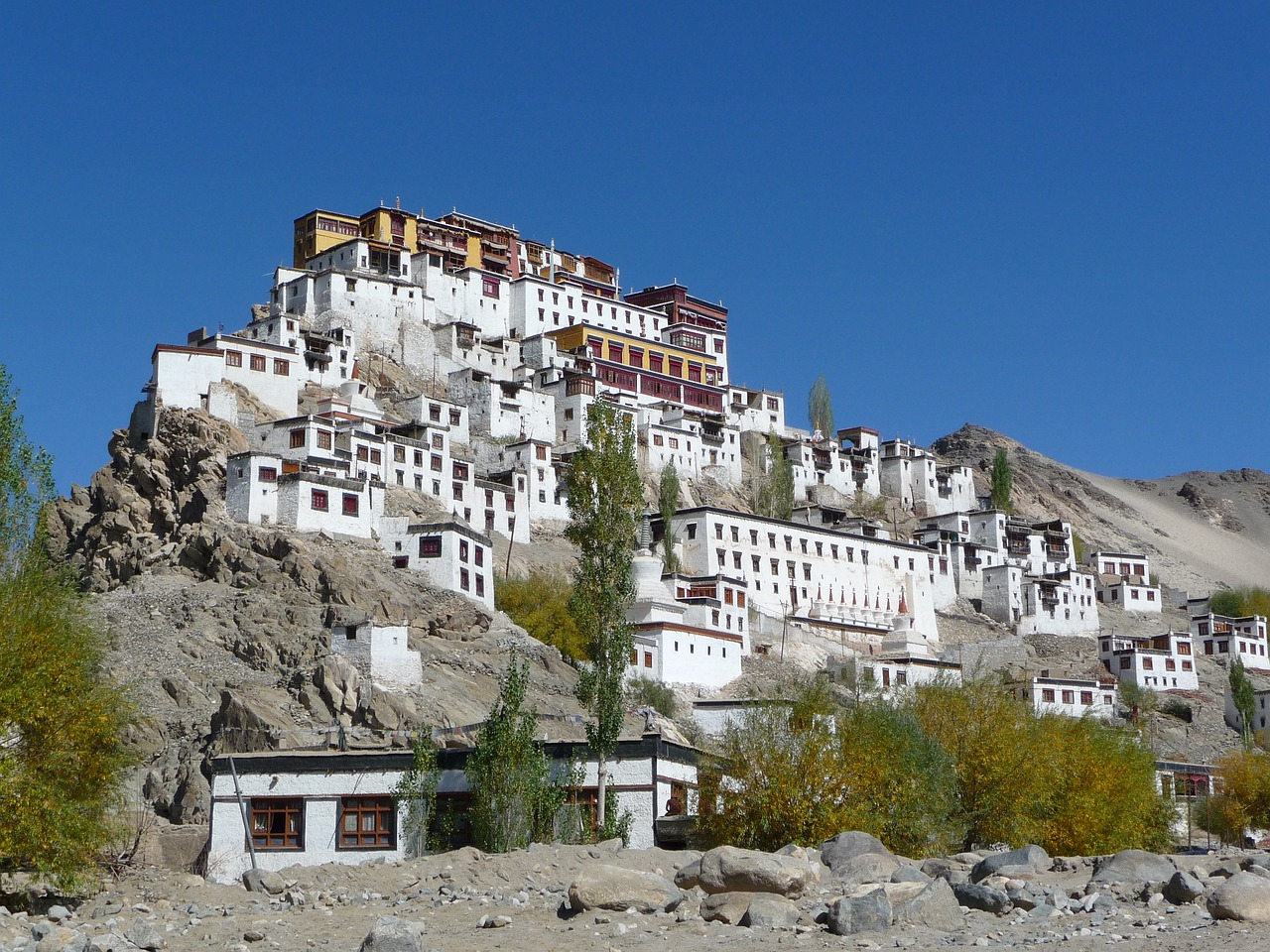
11. Mysore Palace, Karnataka: The Mysore Palace, also known as Amba Vilas Palace, is a stunning example of Indo-Saracenic architecture, blending Hindu, Muslim, Rajput, and Gothic styles into a grand royal residence. It is particularly famous for its intricate craftsmanship and the annual Dasara festivities. The palace's structure boasts a series of courtyards, gardens, and buildings. The interior is adorned with expansive corridors, large halls, and rooms lavishly decorated with artworks from around the world. The palace lights up with nearly 100,000 bulbs at night, creating a breathtaking spectacle.
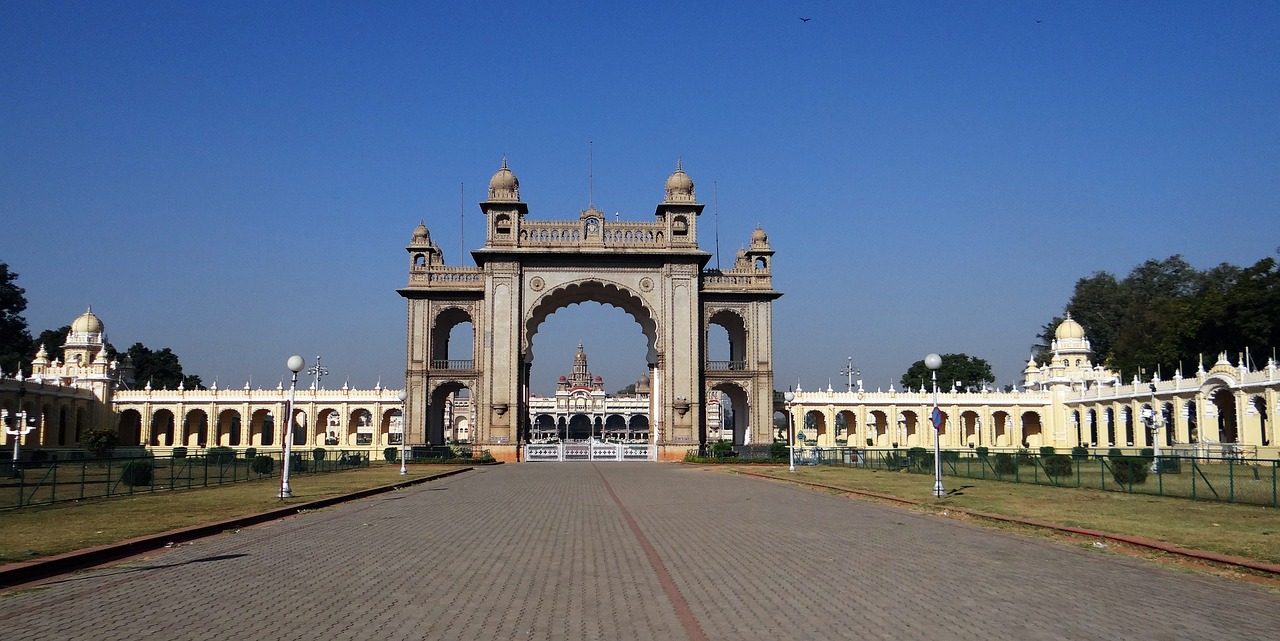
12. Hawa Mahal, Jaipur: Hawa Mahal is an iconic structure built from red and pink sandstone. It features a high screen wall that allowed the women of the royal household to observe street festivals while unseen from the outside. Constructed in 1799 by Maharaja Sawai Pratap Singh, the façade of the Hawa Mahal is akin to the honeycomb of a beehive, with its 953 small windows decorated with intricate latticework. This architectural feature also created a natural ventilation system that kept the palace cool during hot summers.
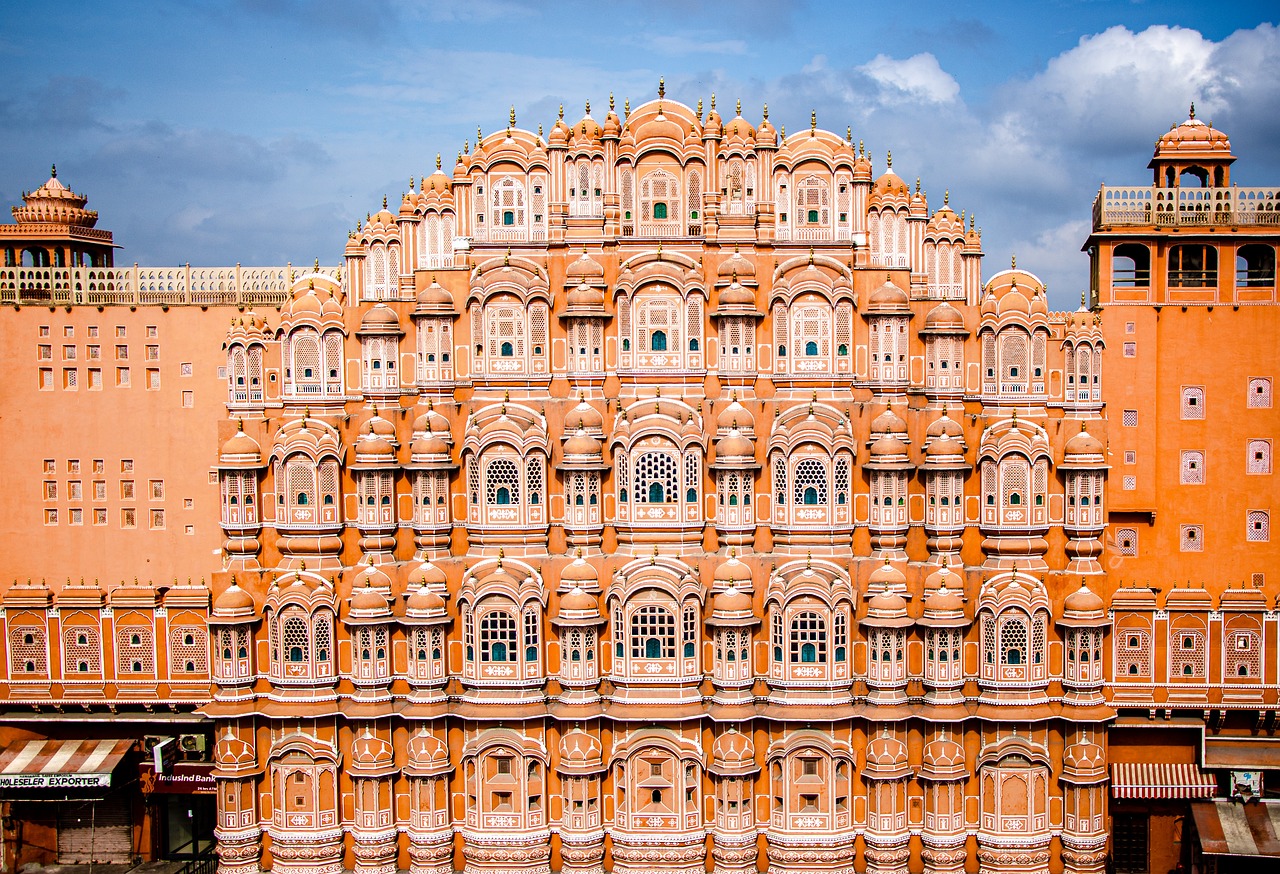
13. Brihadeeswarar Temple, Thanjavur: The Brihadeeswarar Temple, also known as the Big Temple, is a marvel of Chola dynasty architecture, constructed by Emperor Rajaraja Chola I in 1010 AD. This UNESCO World Heritage site is famed for its massive dome and the towering vimana, which stands at about 66 meters. The temple is also noted for its detailed rock carvings and a massive statue of Nandi (the sacred bull), which is carved from a single piece of rock. This temple not only showcases the architectural and engineering prowess of the Chola Empire but also serves as a testament to the empire's influence and religious devotion.
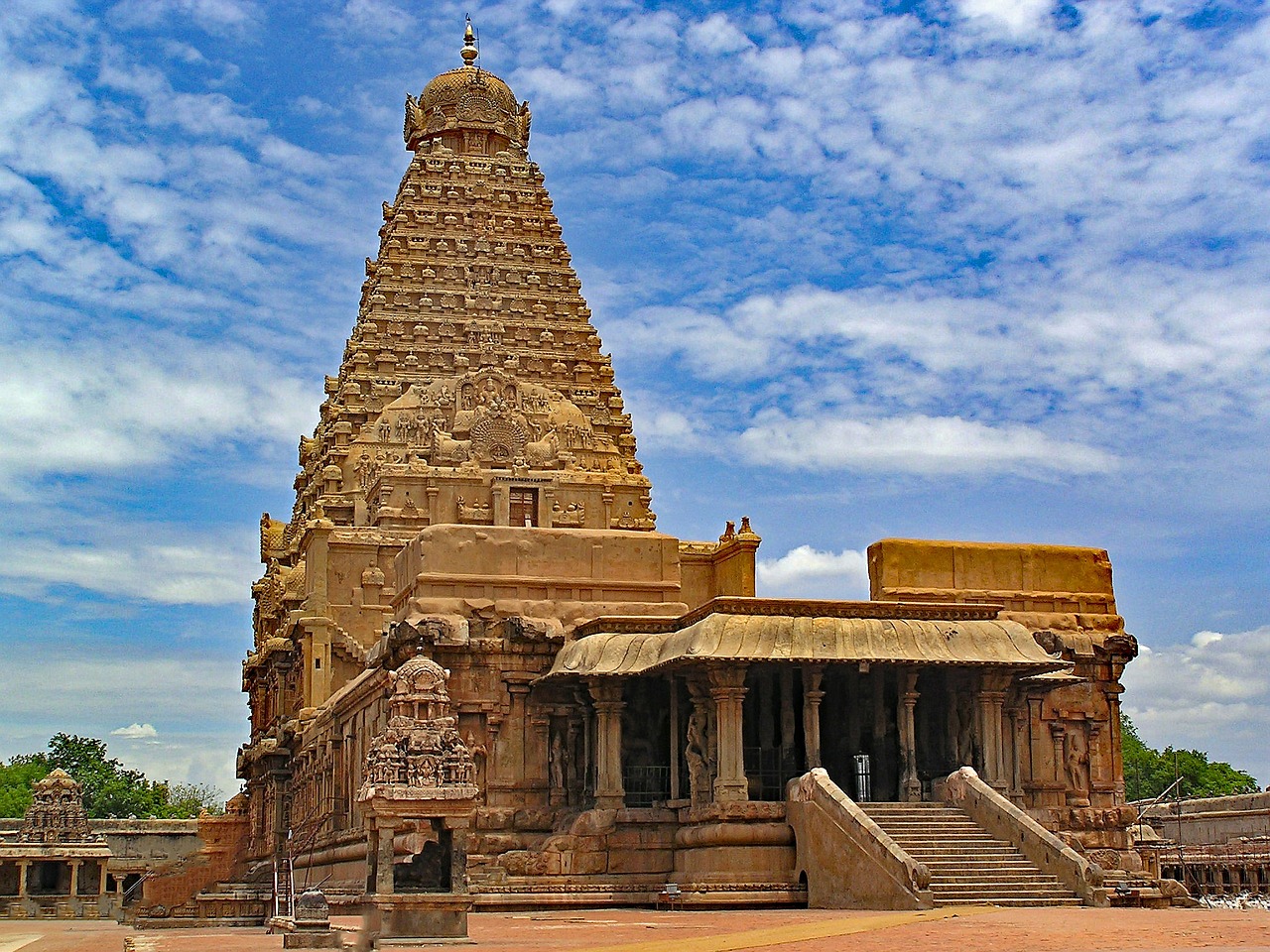
14. Jaisalmer Fort, Rajasthan: Jaisalmer Fort, also known as Sonar Quila or Golden Fort, rises from the sands of the Thar Desert like a mirage. Constructed in 1156 AD by the Rajput ruler Rawal Jaisal, the fort's massive yellow sandstone walls turn a lion-gold as the sun sets, blending into the desert scape. The fort contains a royal palace and several ornate Jain temples. It is one of the very few living forts in the world, as nearly one fourth of the old city's population still resides within the fort.
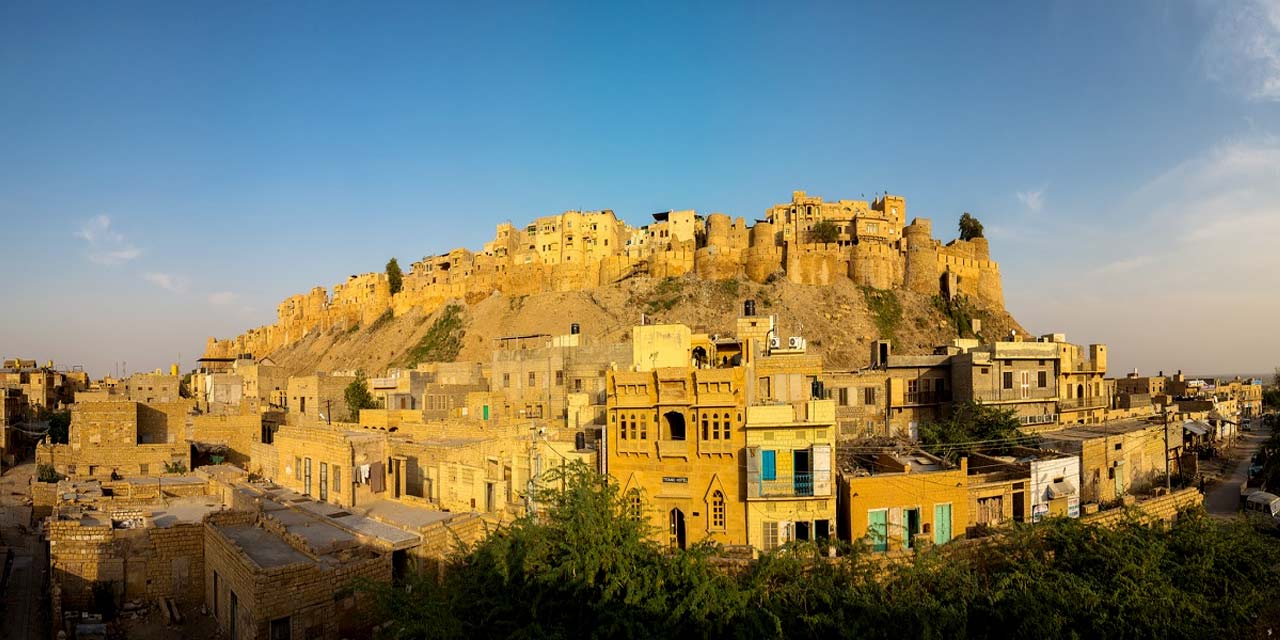
15. Rani Ki Vav, Gujarat: Rani Ki Vav, or the Queen's Stepwell, is located in Patan, Gujarat. It was built in the 11th century AD by Queen Udayamati in memory of her husband King Bhimdev I. This stepwell is a unique form of water resource and storage system and is one of the largest and most sumptuous structures of its type. It is intricately carved and is several stories deep with sculptural panels of high artistic quality. Now a UNESCO World Heritage site, it displays the sanctity of water in Hindu culture and features images of gods, goddesses, nymphs, and saints.
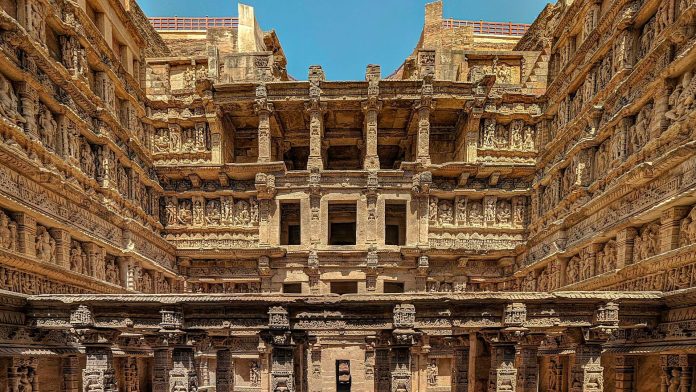
These structures, each a jewel in the architectural crown of India, continue to tell the tales of India's deep historical roots, spiritual quests, royal intrigues, and the adaptability of its civilizations to the changing times. They remain preserved as monuments not just to the past, but as living parts of the cultural continuity of India.
Conclusion
India's architectural diversity offers a vivid narrative of its cultural dynamism and the ability to assimilate various influences over centuries. Each structure not only serves as a repository of history but also as a beacon of the artistic and scientific advancements of its time. These monuments, preserved through ages, continue to inspire awe and respect, reflecting the enduring spirit of India's civilization.

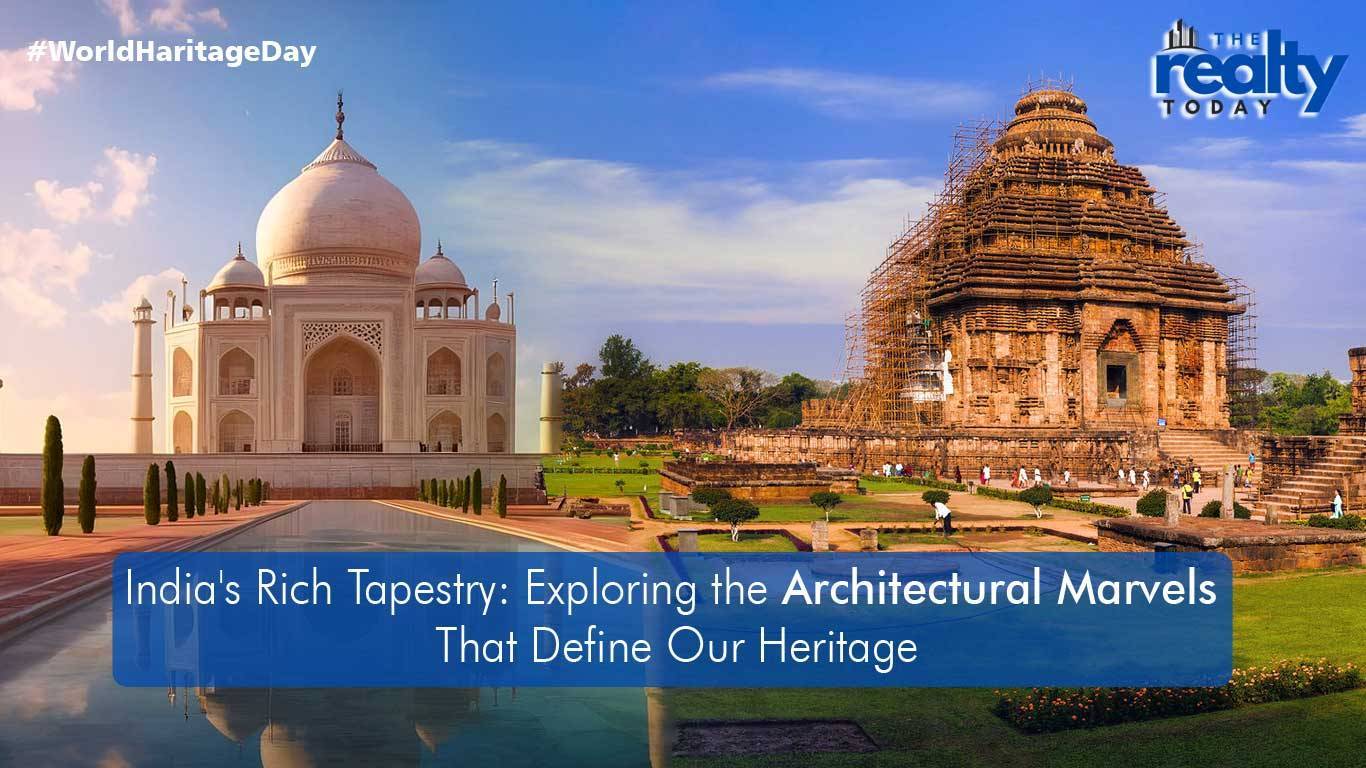

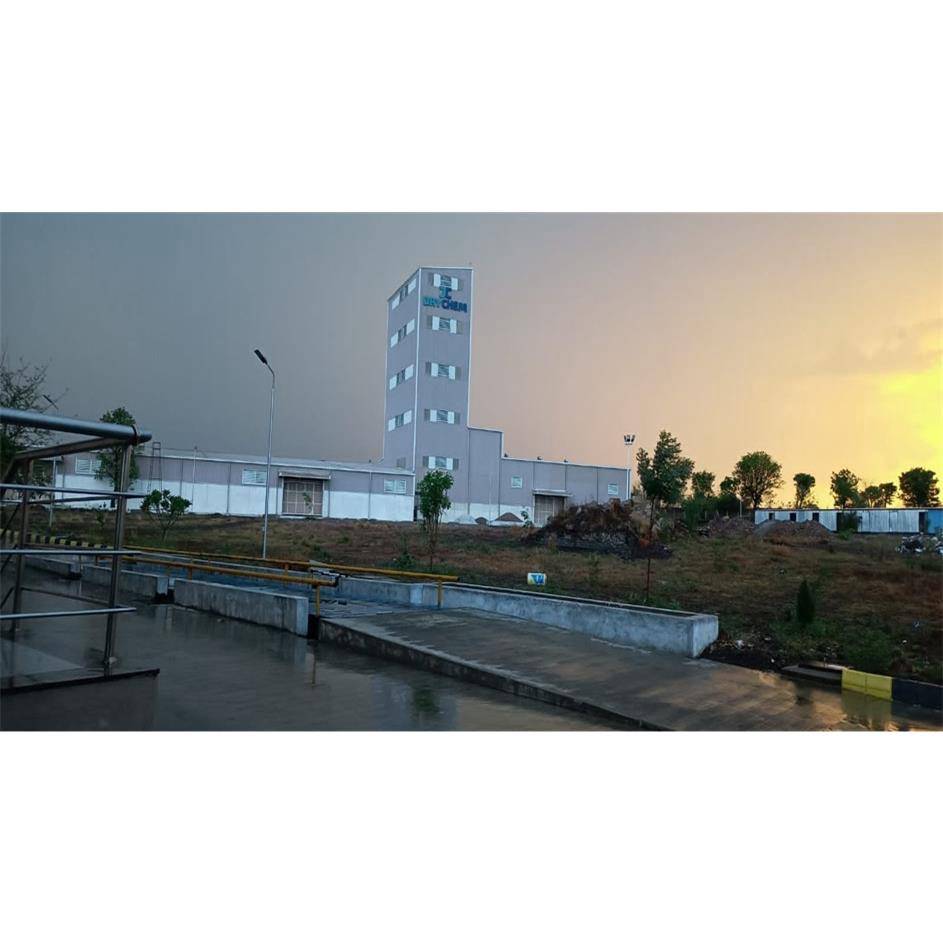
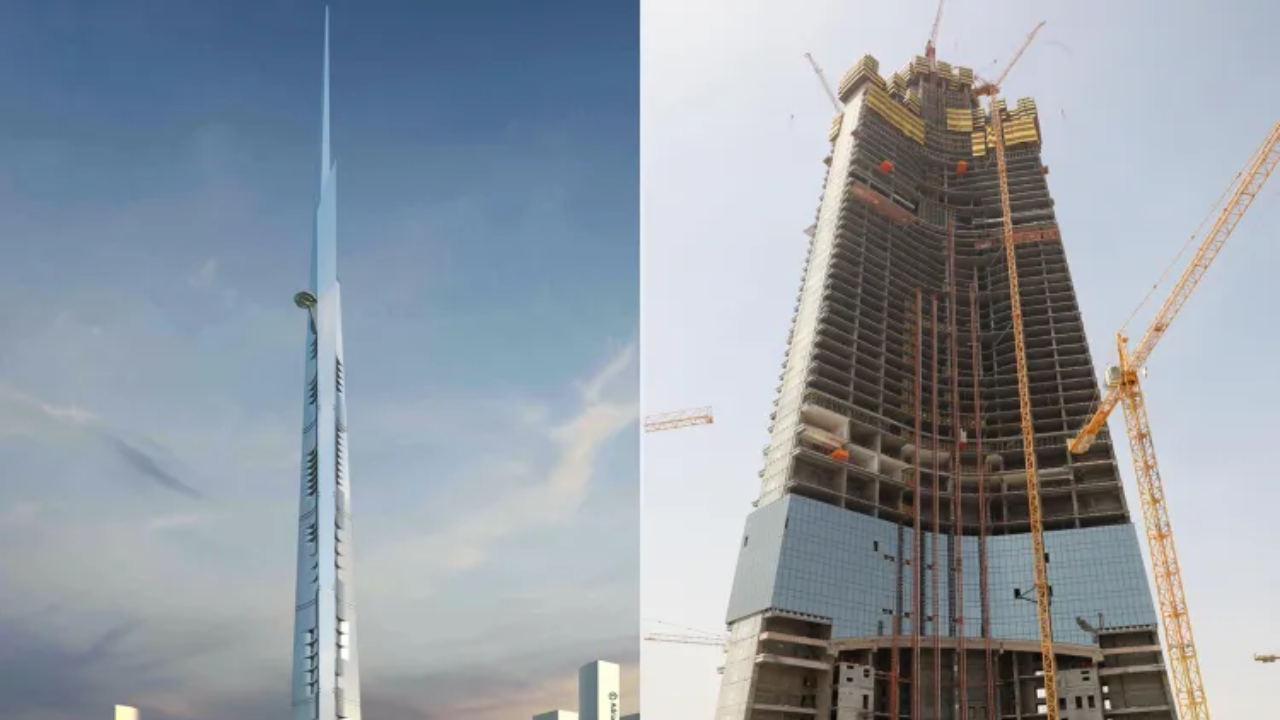
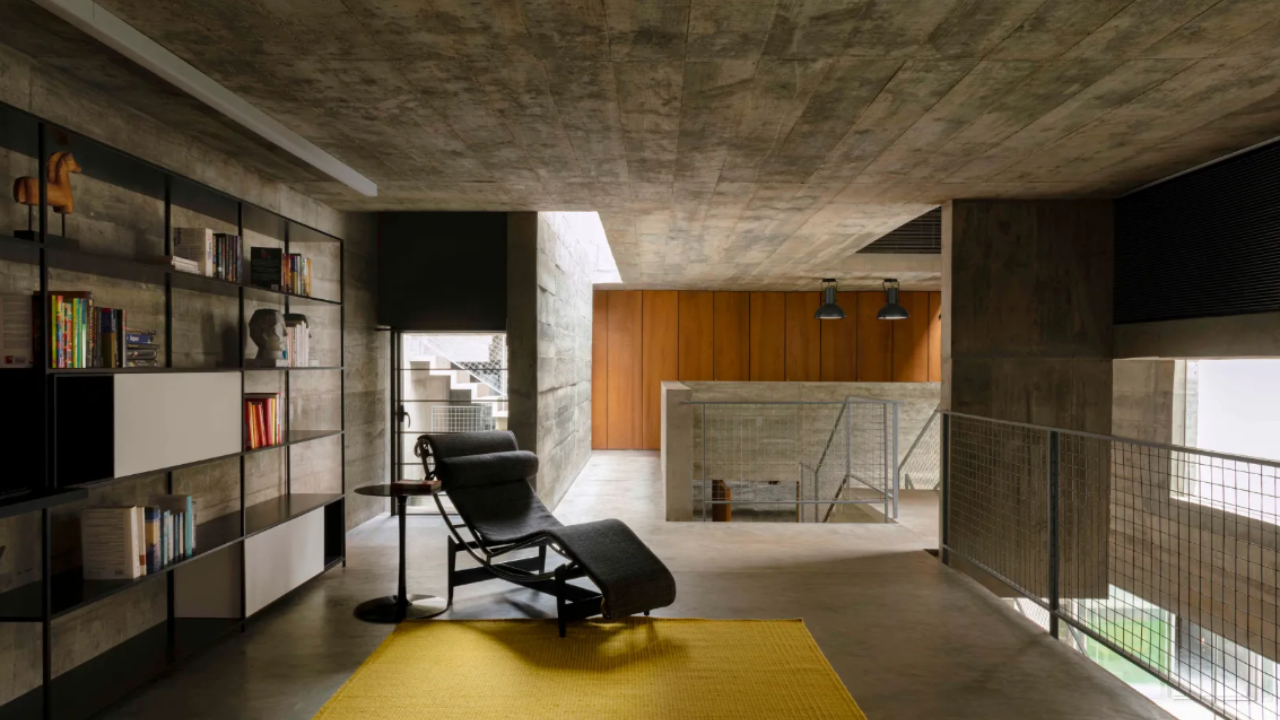



.png)